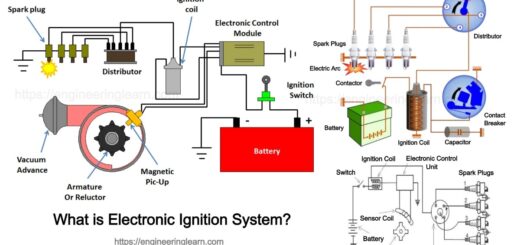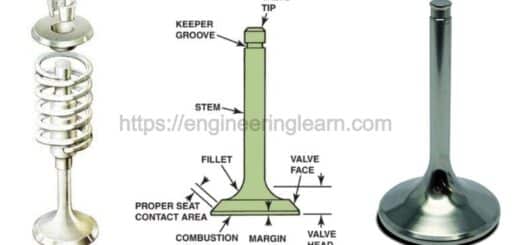Types of Bulldozers and Bulldozer Blades – With Explained [Uses, Parts & Function]
![Types of Bulldozers and Bulldozer Blades - With Explained [Uses, Parts & Function]](https://engineeringlearn.com/wp-content/uploads/2022/01/Bulldozers-1024x539.jpg)
Introduction
Types of Bulldozers and Bulldozer Blades with [Uses, Parts & Function] :- There are various types of bulldozers to look over relying upon your particular venture. The kind of landscape you’re chipping away at, your undertaking type, and different rules are key variables to think about while choosing a tractor. The right machine is additionally vital for both the effectiveness and wellbeing of your venture. ( Types of Trucks )
We’ll separate the primary tractor types and feature every dozer’s key highlights. It is important to know that there are mainly 5 types of bulldozers which are commonly known to mankind. These can be selected depending upon the requirement of the site or depending upon the type of work.
Types of Bulldozers
Scroll down to learn more about the types, parts and functions of a bulldozer which will help you in learning a lot about it.
1. Crawler Bulldozer: ( Types of Bulldozers )
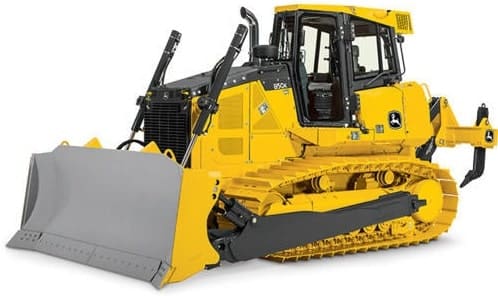
A crawler is some of the time alluded to as a track tractor and looks generally like a work vehicle. This heavyweight is extraordinary for moving weighty materials starting with one region then onto the next. This tractor is great for crossing thick and sporadic landscape since the tracks give it extraordinary footing. Bigger crawlers have rippers that help with squashing and clearing thick territory.
A crawler tractor additionally called as track tractor is adept for occupations that require high tractive exertion. This heavyweight is extraordinary for moving weighty materials starting with one region then onto the next.
This tractor is great for navigating thick and unpredictable landscape since the tracks give it extraordinary footing. Bigger crawlers have rippers that assistance with smashing and clearing thick landscape.
2. Mini Bulldozer: ( Types of Bulldozers )
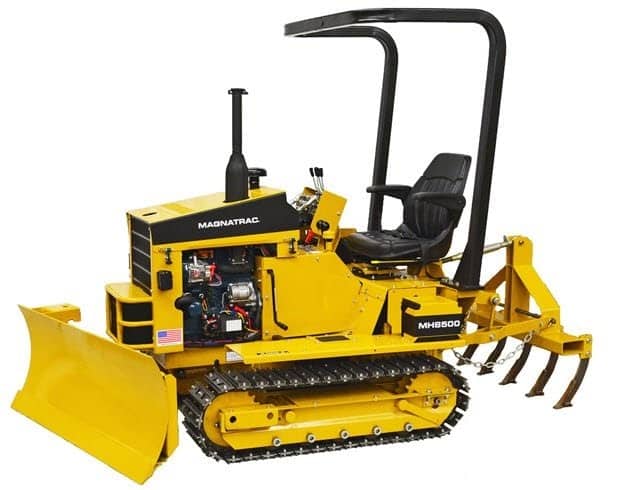
This more modest tractor is otherwise called a conservative tractor or compact bulldozer. A small scale dozer is extraordinary for projects that require more mobility and flexibility than bigger hardware. On account of its little size, a conservative tractor can perform well in various kinds of undertakings that require assignments like evaluating and clearing parcels.
A small scale dozer is extraordinary for projects that require more mobility and flexibility than bigger hardware.
Because of its little size, a conservative tractor can perform well in various sorts of ventures that require undertakings like evaluating and clearing parts.
3. Wheel Bulldozer: ( Types of Bulldozers )
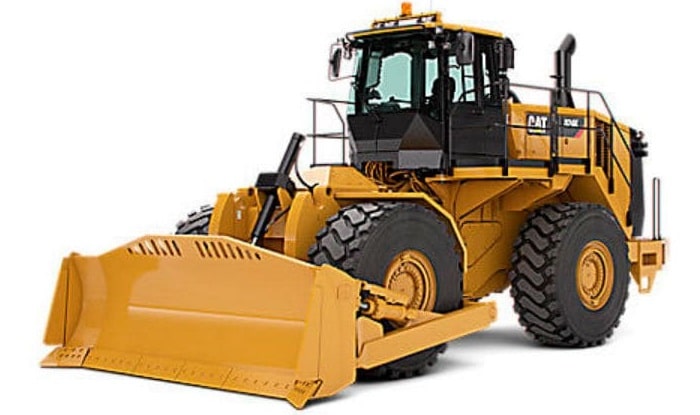
This machine is larger than a crawler and is sometimes referred to as a tyre bulldozer. Because its tyres provide greater overall handling, a wheel dozer is more manoeuvrable than a crawler. It also includes hydraulic steering that is fully articulated and moves on a smaller axis. Because the tyres are gentler than tracks, this machine is also perfect for soft or delicate ground. This vehicle is larger than a crawler bulldozer and is sometimes referred to as a tyre bulldozer. The majority of wheel dozers have torque converters and power-shift transmissions, however some are direct drive.
Because its tyres provide greater overall handling, a wheel dozer is more manoeuvrable than a crawler. It also includes hydraulic steering that is fully articulated and moves on a smaller axis. Because the tyres are gentler than tracks, this machine is also perfect for soft or delicate ground.
4. Hybrid Bulldozer: ( Types of Bulldozers )

Hybrid bulldozers are high-tech machines with electrical components and a variety of blades that can work in both wet and dry environments.
Bulldozers are now available that can work in swampy and muddy environments. We also have bespoke blades that can be put on any vehicle, including tractors, all-terrain vehicles, and skid steers. Hybrid bulldozers are mostly utilized to even out the landscape to set it up for development. The development, notwithstanding, is essentially finished by little tractors
5. Shiphold Bulldozer: ( Types of Bulldozers )
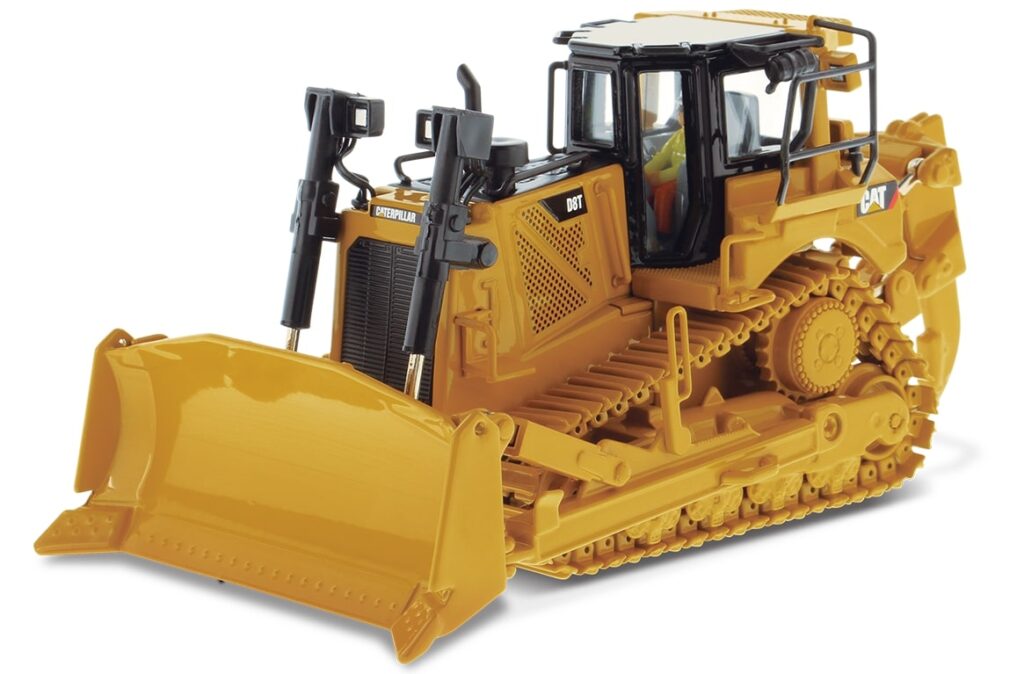
Shiphold bulldozers are referred to as those bulldozers which are observed to be the specially-designed types of bulldozer. These are the ones which are found having their speciality in moving the heavy cargo in and out of ships docked at a ports where they are brought for being loaded or unloaded.
6. Mulcher Bulldozer: ( Types of Bulldozers )
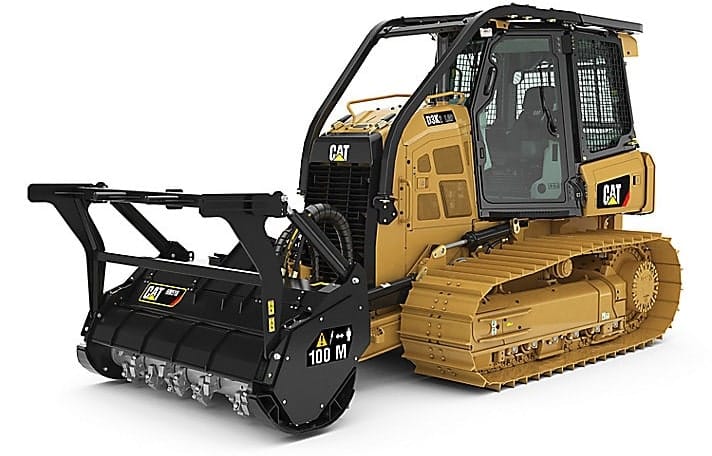
Mulcher bulldozers are referred to as those bulldozers which are equipped with large mulchers at the front of the bulldozer. Mulcher bulldozers are employed in industries such as forestry and road construction.
Types of Bulldozer Blades
The blades used on the bulldozers listed above can be further categorized. Fluctuated edges have various capacities, can deal with different materials, and can bear an assortment of burden loads. The most prevalent varieties are mentioned below.
1. Straight Blades (S-Blade)
A S-sharp edge is the most limited sort of edge a dozer can utilize and doesn’t have side wings. This cutting edge joins to the arm in the lower back corners of the sharp edge. Because of its shape, the straight sharp edge is best for fine-grained and medium-to hard-thickness materials. The downside is that its straight shape restricts the dozer’s lifting and conveying abilities. The absolute best assignments for s-edges incorporate puzzling, refilling, evaluating and evening soil.
2. S-U Blade (Semi-U)
This sharp edge consolidates highlights from the S-cutting edge and the U-edge to give it more grounded entrance and better in general adaptability. When compared to a standard U-edge, it is narrower, less bowed, and has more modest side wings. This strategy is good for transporting soil across long distances. This sharp edge appends in the lower back of the cutting edge utilizing calculated balancing out supports and it is possible that a couple of water driven slant chambers. It’s best used to push delicate to medium-thickness sand and soil. Probably the best undertakings for a s-u cutting edge incorporate delegated, moving weighty material, puzzling and dumping.
3. Universal Blade (U-Blade)
A U-blade is good for moving items across long areas of land because it has broad side wings and a curved design. When in motion, the wings restrict the material from spilling over. They attach to the lower back corners of the blade in the same way that S-Blades do. It has the tallest and most extensive edges and flourishes in gentle to medium-thickness soil. Ditching, hauling, pushing, and crowning are some of the best uses for u-blades.
4. Power-Angle-Tilt (PAT) Blade
The PAT edge is quite possibly the most flexible blade on account of its simple moving and multi-layered movements. The driver has complete control of the edge from the lodge, and may point, slant, and lift in almost any direction. Like point edges, these edges are mounted in the focal point of the board. Probably the best undertakings for PAT sharp edges incorporate scratching, land clearing, evening out, refilling and reviewing.
5. Angle Blade
The centre of the bulldozer’s panel is where this blade is attached. Because it can tilt close to 30 degrees left or right, it is ideal for shifting trash to the side. As a result, an angle blade is classified as a two-way blade. Because it lacks side wings, this blade has the potential to spill. It’s ideal for tasks that require soft to medium-hard-density soils, snow, or gravel. Stumping, shaping, stripping, and ditching are some of the best jobs for angle blades.
Parts and Functions of a Bulldozer
For its design, bulldozers can be utilized on a variety of surfaces. Blades, rippers, and whether or not tyres or tracks are utilized are the key differences between dozers.
1. Rippers: ( Parts of a Bulldozer )
A ripper is the lengthy connection situated at the back of the tractor that looks like a paw. Rippers are utilized to separate land to permit farming to develop or separate stone and earth to be moved. You can track down both single-knife rippers and multi-knife rippers relying upon your undertaking needs.
2. Cab: ( Parts of a Bulldozer )
The cab of a bulldozer is an important section of the machine because it is where the operator controls it. Some cabs have distinct features that boost their degree of comfort and safety. While you’re travelling about the job site, check to determine if your cab reduces noise and absorbs impact. Because operators can spend hours at a time inside the cab, these are essential.
3. Engine: ( Parts of a Bulldozer )
Bulldozers for the most part require powerful motors since they move loads of weighty materials around the worksite. There are various sorts of motors that satisfy various requirements. For instance, some more up-to-date motors produce fewer outflows contrasted with more seasoned motors to conform to specific EPA necessities.
4. Final Drive: ( Parts of a Bulldozer )
A bulldozer’s last drive are logical the most utilized and most supplanted part on a tractor. Current last drives disperse the heap over numerous stuffed teeth and lifts the drive engine away from suspension.
5. Tracks/Tires: ( Parts of a Bulldozer )
Tracks and tires extraordinarily sway a bulldozer’s portability. Tracks are staggering for investigating hard, unbalanced scene while tires are more equipped for fragile ground. You may likewise need to think about tires assuming you’re working in a touchy region that you would rather not harm.
6. Bulldozer Blades: ( Parts of a Bulldozer )
The cutting edge is the enormous metal plate at the front of the tractor that pushes and burrows through materials. As previously said, different types of blades are better suited for different projects.
7. Push Frame: ( Parts of a Bulldozer )
When it comes to arranging materials for various operations, the push frame is vital. The cutting edge is moved by this piece of the bulldozer.

